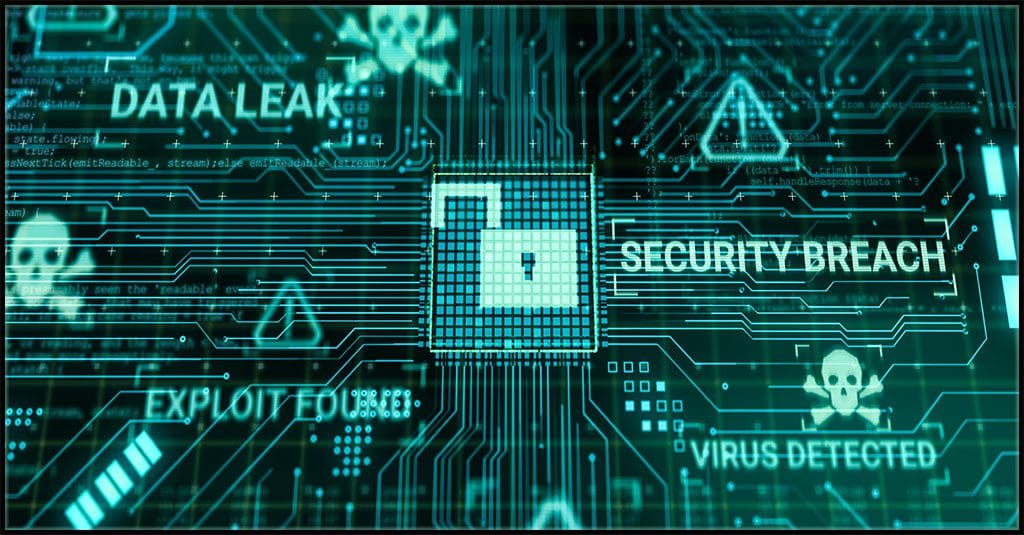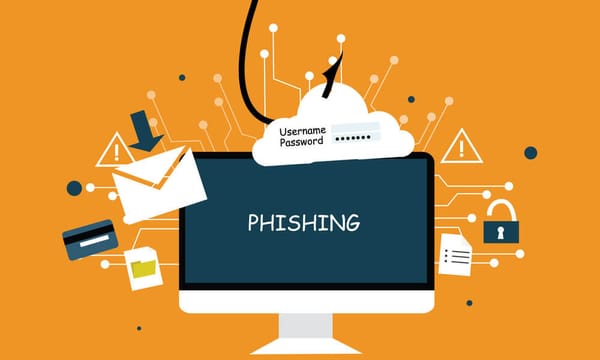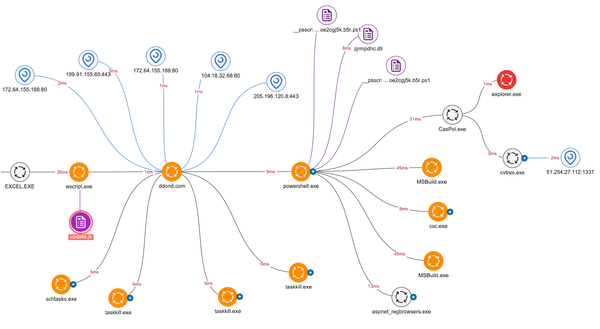Data Breaches: How to Know If Your Information Has Been Leaked and What to Do

Introduction
In today's connected world, data breaches have become one of the most serious cybersecurity threats. From personal emails and passwords to sensitive company records, millions of records are leaked or stolen every year. For individuals and organizations alike, detecting whether their data has been compromised is critical.
This article explains what a data leak is, how to check if your personal or corporate data has been exposed, and which tools you can use to monitor and verify breaches effectively.
What Is a Data Breach?
A data breach is an incident where sensitive, protected, or confidential information is accessed, copied, or shared without authorization. This can occur due to:
- Weak security controls
- Phishing attacks
- Insider threats
- Malware infections
- Poor access management
Leaked data may include login credentials, banking details, personal identity information (PII), health records, internal documents, or even entire databases.
Common Indicators Your Data Has Been Leaked
- Unusual logins or location-based access to your accounts
- Receiving password reset emails you didn’t request
- Unexpected financial transactions
- Spam or phishing emails using personal information
- Being notified by a service provider of a breach
If you suspect suspicious activity, act fast — change passwords and monitor associated accounts.
How to Check If Your Data Has Been Leaked
1. Have I Been Pwned (https://haveibeenpwned.com)
A widely-used free service that lets you check if your email address or phone number appears in any known data breaches. Just enter your email and the system will tell you if it's been exposed.
2. Firefox Monitor (https://monitor.firefox.com)
Powered by Have I Been Pwned, this tool allows you to track breaches affecting your emails and receive alerts for future exposures.
3. DeHashed (https://www.dehashed.com)
Advanced breach search engine where you can search not just emails, but also names, usernames, IP addresses, and passwords. Some features require a subscription.
4. IntelX (IntelligenceX) (https://intelx.io)
A powerful OSINT tool that indexes leaked data from paste sites, dark web dumps, and public breaches. Can be used to verify if sensitive company data has been exposed.
5. Leak-Lookup (https://leak-lookup.com)
Lets you search millions of leaked records by email or username. Offers both free and paid API access for large-scale monitoring.
6. GhostProject.fr (for French users)
Provides an interface to search if your email or password has been leaked in a known breach. Available in French and often used in France and Europe.
Corporate Monitoring for Data Breaches
Organizations need to go further than individual tools. Here are some enterprise-grade solutions:
- Dark Web Monitoring: Tools like Recorded Future, SpyCloud, or Constella provide continuous surveillance of dark web marketplaces and forums for leaked employee or client data.
- Threat Intelligence Platforms: Platforms such as MISP or Anomali aggregate breach data, indicators of compromise (IoCs), and suspicious domains or IPs.
- SIEM Integration: Connect breach detection alerts to SIEM platforms like Wazuh, Splunk, or QRadar for real-time response and correlation.
What to Do If Your Data Has Been Leaked
- Change All Compromised Passwords Immediately
Use unique, strong passwords for each account. Enable multi-factor authentication (MFA) where available. - Monitor Bank and Online Accounts
Look for unauthorized transactions or login attempts. - Notify the Affected Parties
Inform your organization’s Data Protection Officer (DPO) or security team if it's a business account. File reports with data protection authorities if needed (e.g., CNIL, GDPR, CISA). - Watch for Social Engineering Attacks
Attackers may use leaked data in phishing or impersonation attacks. - Use a Password Manager
This reduces reuse and improves resilience against future leaks.
Real-World Examples of Major Breaches
- LinkedIn (2021): 700 million profiles exposed, including names, emails, and phone numbers.
- Facebook (2019–2021): Over 500 million phone numbers leaked.
- T-Mobile (2021): 40 million customers' PII stolen.
- Equifax (2017): 147 million individuals’ sensitive data compromised.
- MediBank (2022): Medical records of nearly 10 million patients leaked.
These examples show the scale of risk even for well-secured organizations.
How to Prevent Data Leaks (Best Practices)
- Enforce least privilege access
- Use encryption at rest and in transit
- Apply patches and security updates regularly
- Train employees on phishing awareness
- Monitor for credential reuse
- Deploy data loss prevention (DLP) tools
Conclusion
Data breaches are an unavoidable reality in today’s cyber landscape. The key is to stay vigilant, monitor proactively, and act quickly when your information is compromised. Whether you are an individual or a business, using the right tools to check if your data has been leaked and implementing effective incident response measures will help limit the damage and protect your digital identity.




